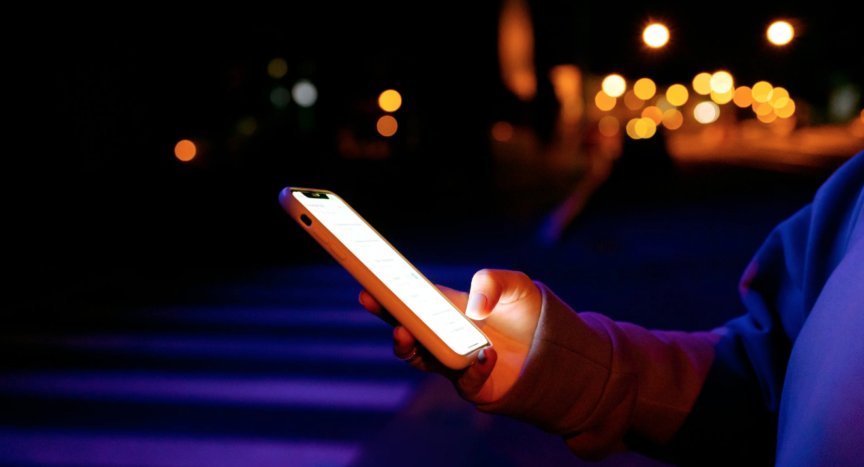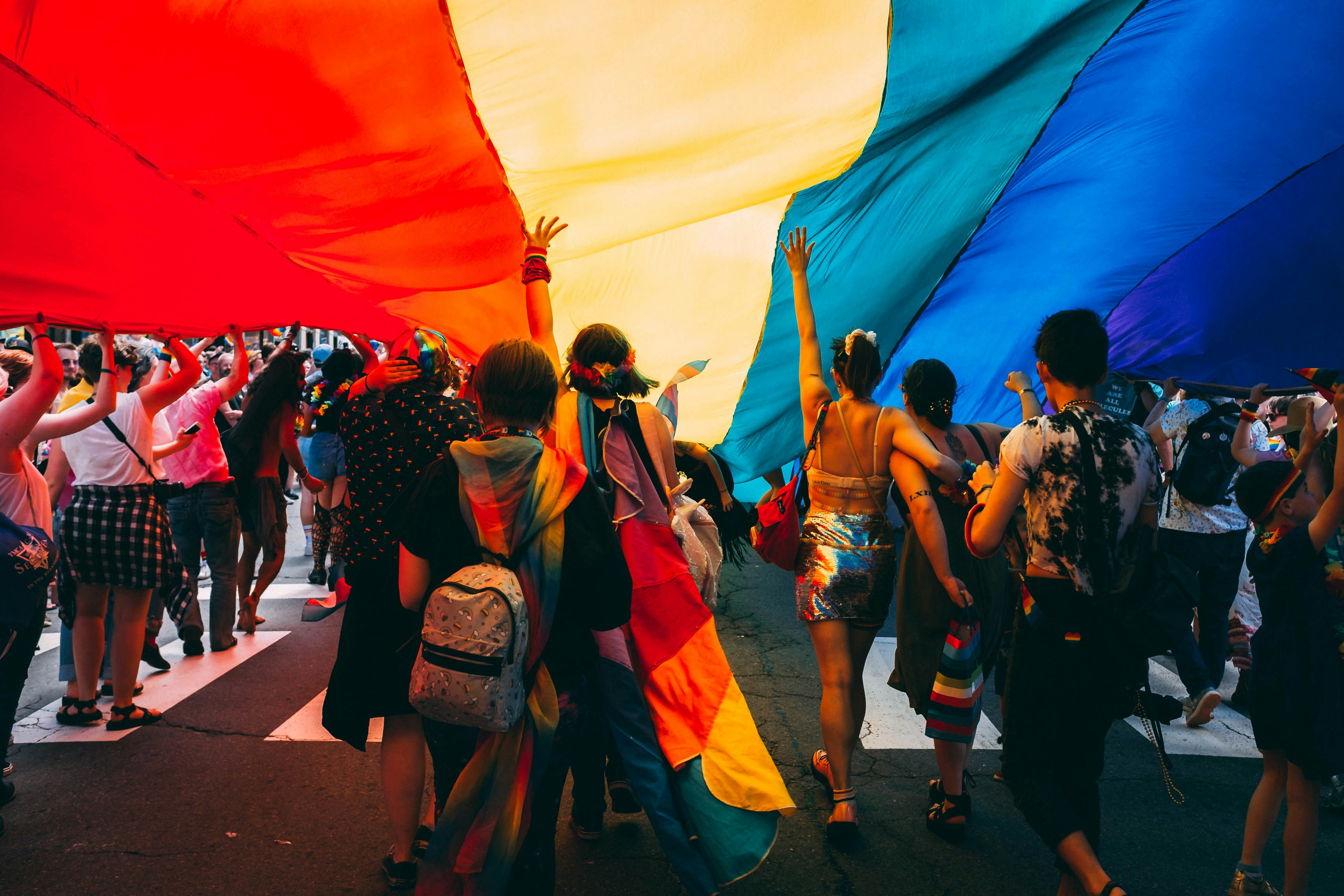In the month of March, we observed and celebrated significant milestones reached by women globally, and discussed the challenges still so visibly present on a daily basis for women and girls in many countries. March marked Women’s History month and International Women’s Day (IWD). IWD was a global celebration of the social, cultural, economic and political achievements of women. The IWD theme this year was #ChooseToChallenge, an idea that a challenged world is an alert world and individually, we are all responsible for our own thoughts and actions. To echo the campaign: “We can all choose to challenge and call out gender bias and inequality.”
March also sent shockwaves through the UK as we mourned the loss of a young woman, murdered in the capital. The tragedy brought conversations about women’s safety to the forefront of the national media and the nation’s consciousness. For many this horrific incident brought to the surface deep-rooted concerns about the safety of women in both the public and private spheres. Over the following weeks troubling, painful and difficult experiences were shared in the media and in private.
Safety in public: Statistics versus concerns
Serious crimes against women in public are still rare in the UK. According to the Office for National Statistics, in the year ending March 2020, female victims were more commonly killed by a partner or ex-partner or a family member, considered private relationships, while males were more commonly killed by a friend or acquaintance, stranger or another known person. According to the latest Home Office Homicide Index[1], female victims were most likely to be killed in or around a house, dwelling or residential home (78% of offences for year ending March 2020). However, we remember these statistics are never just numbers, as they signify hundreds of bereaved loved-ones, families and friends, and one too many lives taken too soon.
The fact that serious crime against women in public in the UK is statistically rare does not take away from the concerns and fears of personal safety for many women. Crime does not have to have fatal consequences to create a feeling of being unsafe – this can mount over a period of time in the most uncontroversial times and places with subtle, unwanted looks, intimidating behaviour, direct or indirect incidents, threats or other forms of harassment or violence.
UN Women UK Report
In March, a report by the All-Party Parliamentary Group for UN Women was published, looking in detail at the important issue of sexual harassment in public spaces, including both physical and virtual spheres. This report followed another in January, in which UN Women UK commissioned a UK-wide survey on sexual harassment. The report compares the data to historical figures and research, and brings to light the reality of violence and harassment that women and girls experience in public spaces.
The key survey findings[2] highlight that “71% of women of all ages in the UK have experienced some form of sexual harassment in a public space. This number rises to 86% among 18-24-year-olds, while only 3% of this age group report not having experienced any of the types of harassment listed. The two main reasons women of all ages cited for not reporting incidents are: “I didn’t think the incident was serious enough to report” (55%) and “I didn’t think reporting it would help” (45%). 44% of women agreed that they would be encouraged to report more if they had greater confidence that reporting the incident would prevent it from happening again.”
Tech solutions for personal safety
The road to create safer cities and environments (offline and online) where women and girls feel safe will be a dynamic and an enormous collective effort from society that spans from prevention, to protection, policing and education. However, from a personal safety perspective there are steps you can take during your daily commute or travel/deployments that support the individual through providing the means to reach out for assistance in the case of an incident or if feeling threatened.
Utilising technology to support safer journeys will allow someone who knows your location to provide assistance in the event of an incident. Using a smartphone application designed to augment preparedness, oversight and response during an emergency, can connect the user immediately with a specialist team. This can be useful during deployments as well as at home, as the case study below will illustrate through a personal experience in central London a few years ago.
What features should a safety application have? Generally, as a minimum, it is good for a smartphone application to have an emergency button, live tracking option which, once triggered, forwards updates on your location to 24/7 operations room, and a check-in function for your journeys, whether at home or abroad. In addition, it is useful if there is an integrated web-based platform that also supports a number of enhanced features to maintain situational awareness, assess risk and make executive decisions. There are a number of personal safety and emergency apps available from various providers, some that are free to use, but it is important to choose the option that is most suitable to your requirements and always conduct thorough research before signing up.
Safety app triggered in central London
It is perhaps the perception that emergency apps are mainly used for travel and/or deployments to challenging environments. However, a reactive tech solution can also be incredibly useful in your domestic surroundings, such as during the daily commute or when out and about. In November 2017, I was caught up in a suspected terrorist attack on Oxford Street, which at the time, was incredibly frightening. Although the incident did not turn out to be a terrorist attack as first reports indicated, it was a real, evolving incident nevertheless. At the time public awareness and stress levels were heightened due to the recent attacks on Westminster and London Bridge.
As I exited a shop on Oxford Street, I saw people screaming and running towards me. The words ‘gunshots’ and ‘explosion’ were ringing in my ears as I had to make a quick assessment of which way to run or where to hide. Without any further information available, it was hard to tell whether I was running away or toward dangers. Judging by the mass of people in panic and the snippets of information available to me, I presumed I was in the middle of a complex terrorist attack.
I triggered the emergency alarm on my app and got through to NGS’ operations team who were able to advise me on what was happening. I was grateful to have been able to seek assistance, as the team quickly relayed real-time information and provided calming support throughout the frightening experience. With their guidance, I was able to find a place to take shelter and I took comfort in knowing that at least they had my location should anything happen to me.
Through the years, I have kept the app close whenever I have felt threatened or concerned for my safety at home and abroad. Like many women who have contributed to the recent reports published and have shared their stories, I too have been subjected to unwanted attention and behaviour, and have experiences of my own similar to those published in the UN Women UK report. While I am glad that I have not had to trigger the emergency alert again, I will trust my intuition to pick up on signs of an escalating situation, and I won’t hesitate to make use of this tech solution in a time of need.
Intuition – inbuilt survival signals (non-tech tools)
Finally, it is worth mentioning another tool, a natural skill set always available to you – trusting your intuition. As Gavin de Becker writes in his book “The Gift of Fear”, intuition is not some magical, out of the blue knowledge that just appears from nowhere. Intuition is your brain picking up signals from all the information that is consciously or unconsciously available for you and sending a message that something may not be quite right.
“Predictions of stranger-to-stranger crimes must usually be based on few details, but even the simplest street crime is preceded by a victim selection process that follows a protocol.” According to de Becker, more complicated crimes, such as those committed by serial rapists or killers, require that a series of specific conditions to be met: “Some aspects of victim selection (being the right appearance or “type”, for example) are generally outside the victim’s influence. However, some aspects, such as accessibility, setting and circumstance are determinable and can be influenced by you.” Gavin de Becker talks about pre-incident indicators, such as suspicion, hesitation, nagging feelings and persistent thoughts that something is not the way it should be. If you feel that something is not quite right, always trust your intuition, seek for more information and don’t hesitate to reach out for help – be it via tech solutions or other means available to you.
It will take a great collective effort to create safer surroundings for everyone, and each and every one of us can be advocates for positive change. From a security perspective, tech solutions and emergency apps are one layer to consider.
For more information about Northcott Global Solutions App Plus, please reach out to [email protected] and visit https://www.northcottglobalsolutions.com/tracking/devices-and-platforms/
References:
[1] “Homicide in England and Wales: year ending March 2020”, Office for National Statistics, available at: https://www.ons.gov.uk/peoplepopulationandcommunity/crimeandjustice/articles/homicideinenglandandwales/yearendingmarch2020
[2] “Prevalence and reporting of sexual harassment in UK public spaces”, A report by the APPG for UN
Women. Available at: https://www.unwomenuk.org/site/wp-content/uploads/2021/03/APPG-UN-Women-Sexual-Harassment-Report_Updated.pdf







